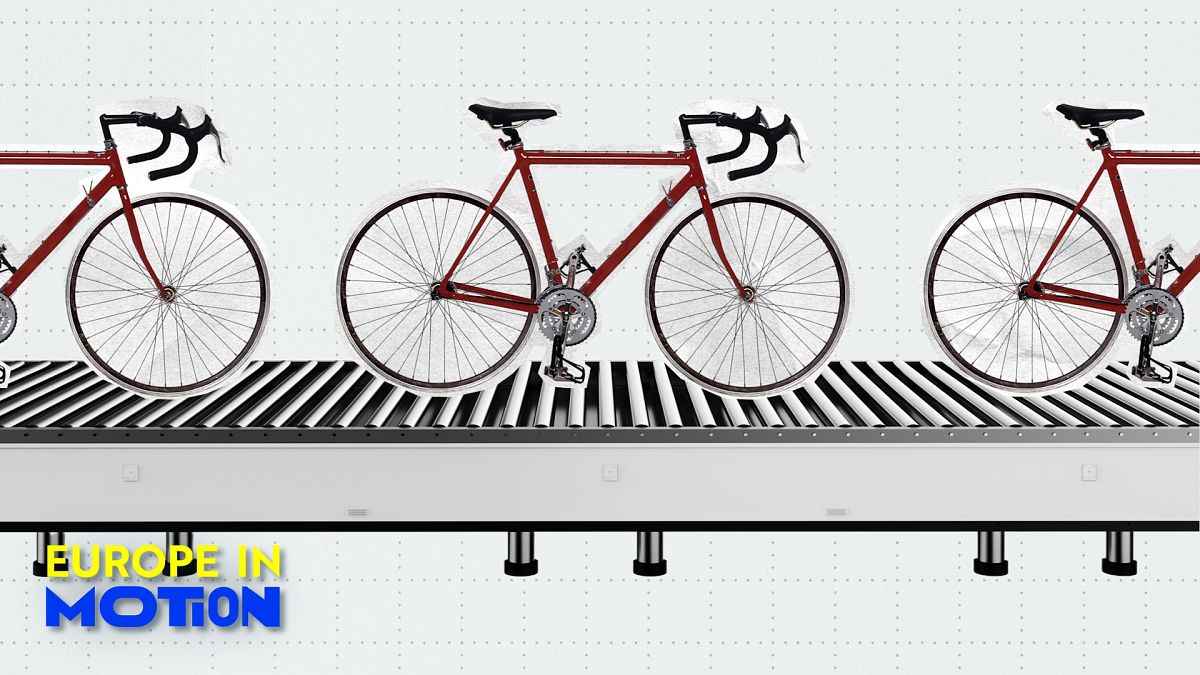Calorie labels on menus may not lead to healthier habits, study shows

The policy was enacted in 2022 in an attempt to reduce England’s obesity rate but researchers say it may take more time for menu labels to make a difference.
As it turns out, knowing a fast food burger has 700 calories isn’t a dealbreaker for hungry Brits, according to a new study on England’s menu labelling rules.
Since 2022, large cafes, restaurants, pubs, and fast food joints in England have been required to add calorie labels to their menus in a bid to curb the country’s obesity rate, which sits at 26.2 per cent of adults.
Frequently eating meals out is associated with obesity, which is in turn tied to type 2 diabetes, cardiovascular disease, and several cancers.
The idea behind menu labelling was that if customers knew how unhealthy some foods were, they’d be more likely to change their eating habits.
But the new study, published in the journal Nature Human Behaviour, suggests the policy hasn’t quite worked out as advocates hoped. After it was enacted, the number of calories people bought and ate hardly budged.
Researchers from the University of Liverpool and several other UK institutions visited about 330 eligible restaurants both before and after the policy was enacted, interviewing nearly 6,600 customers along the way.
After implementation, people bought an average of 1,081 calories per meal, a level on par with the 1,007 before it was enacted. Similarly, average calorie consumption rose slightly from 909 to 983 calories.
The findings were consistent across age groups, gender, ethnicity, and education level.
“This would support the view that calorie labelling alone does not motivate people to change their dietary habits,” Tom Sanders, a professor emeritus of nutrition and dietetics at King’s College London who was not involved with the study, said in a statement.
Who did the calorie labels reach?
The policy appears to have had some impact. Just 16.5 per cent of people said they noticed calorie labels on the menu before the mandate, compared with 31.8 per cent afterward.
However, the labels didn’t necessarily sink in. People tended to underestimate how many calories were in their meals regardless of whether they had menu labels, and only 22 per cent of customers who noticed the labels actually used them when deciding what to order.
Older adults, women, and people with higher education levels, which was used as a proxy for socioeconomic status, were all more likely to notice the labels.
“One problem with calorie labelling is that it just provides numbers on a page, without any context for the public to understand what the numbers actually mean when they are making decisions about food,” said Amanda Daley, a professor of behavioural medicine and director of the Centre for Lifestyle Medicine and Behaviour at Loughborough University in the UK. She was not involved with the study.
The study has a few limitations. Independent researchers said the study’s timing in 2022 and the self-reported nature of the data could have affected the findings.
They also said it may take more time for menu labels to make a difference, given the analysis was done just a few months after the labels were added.
Sarah Berry, a professor of nutritional sciences at King’s College London who was not involved with the study, said the results underscore the “need for stronger interventions to address the broader factors which contribute to our unhealthy food environment”.
Meanwhile, Megan Polden, the study’s lead author and a postdoctoral researcher at the University of Liverpool, noted that 20 per cent of restaurants did not comply with the labelling rules, and said some establishments may have changed their menus to offer more healthy options as a result of the policy.
“A combination of strategies, such as improved business compliance measures, public education on calorie intake and clearer labelling, could be required to support healthier consumer choices in the out-of-home food sector,” Polden told Euronews Health.
The UK government is set to conduct its own review of the menu labelling rules by 2027.
The future of European food labelling
The UK isn’t the only place grappling with how to give consumers more information about the nutritional quality of their meals.
A handful of European countries – France, Belgium, Germany, Luxembourg, the Netherlands, Spain, Switzerland, and Portugal – have voluntarily adopted the Nutri-Score system, which assigns a colour-coded rating to grocery store foods based on their nutritional value.
Others, like Italy, have been more sceptical of Nutri-Score, which is opposed by the agri-food sector.
It also seems unlikely to be a top priority for EU policymakers, after Olivér Várhelyi, who has been tapped as the EU’s next health chief, suggested that “work should continue on food labelling” but with minimal disruptions to the industry.
World News || Latest News || U.S. News
Source link



